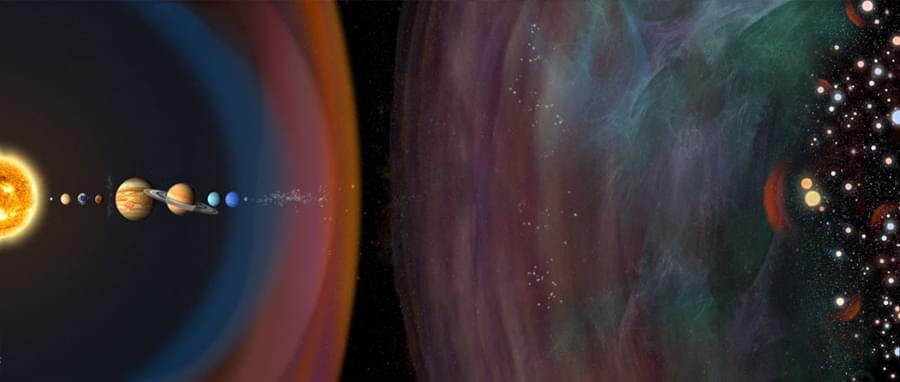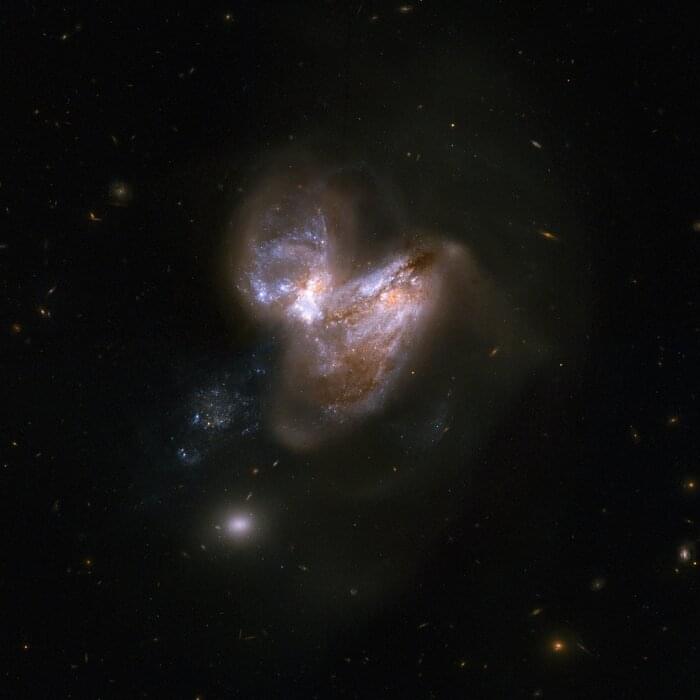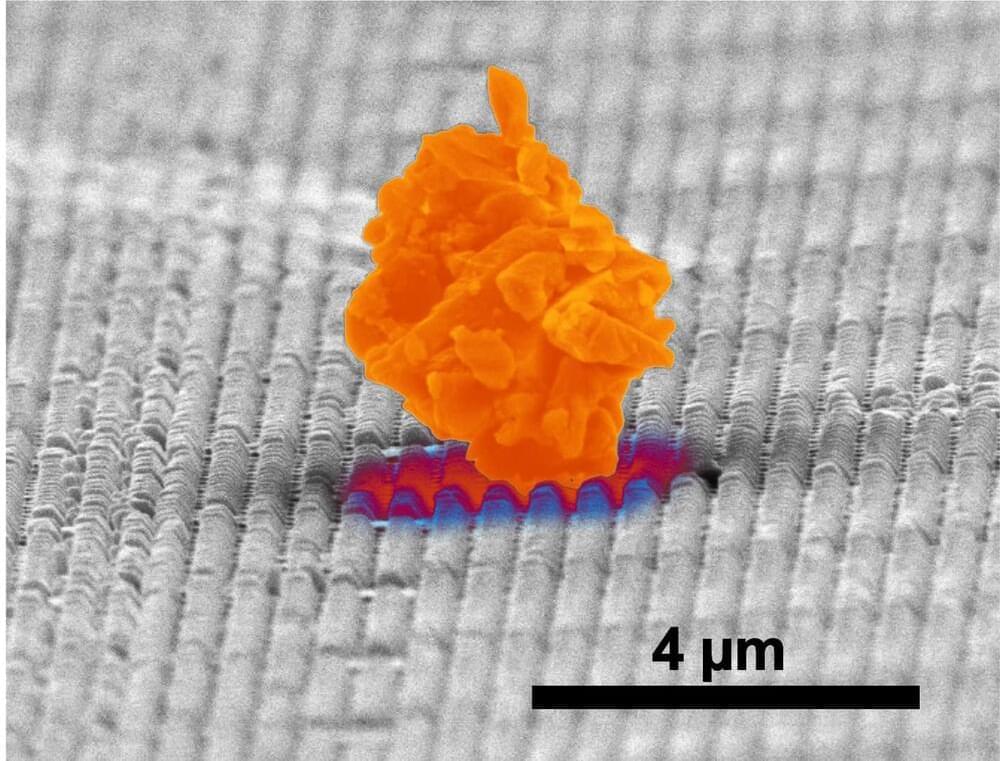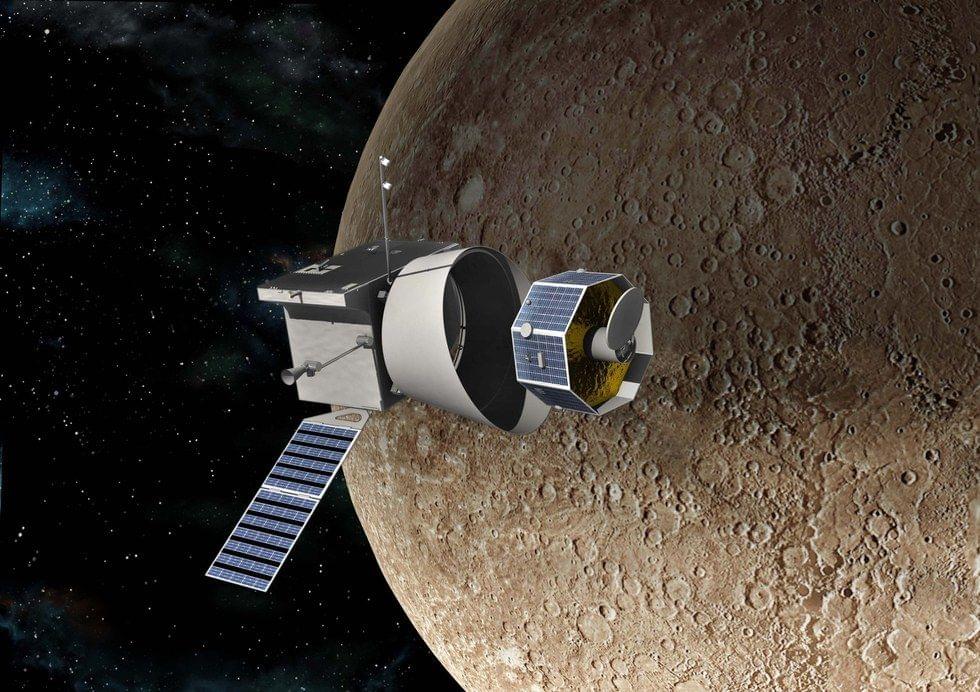Long considered science fiction, leaving the solar system and speeding amid the stars may soon be within reach.



“This past week, we completed a difficult organizational overhaul focused on improving future execution, using as much feedback as we could gather from the entire company,” Musk wrote. “Those who remain are highly regarded by those around them.”
The short memo, titled “Performance Awards,” is Musk’s first communication to Twitter employees since he laid off hundreds more of them, including several senior loyalists and nearly all of the product team without warning over the weekend. (Platformer’s Zoë Schiffer first tweeted about the memo.)
After several rounds of cuts and demanding that employees be “extremely hardcore,” Musk hasn’t yet shared details about how he will make up for the stock awards that went away when he took Twitter private. In previous internal comments, he has alluded to the system he set up at SpaceX to let employees regularly sell the company’s stock to interested investors. Given Twitter’s distressed financial situation relative to SpaceX, it’s unclear what the appetite for its stock will be in the short term.

By Gareth Worthington is a slim book that crams in lots of classic science fiction ideas. Singularities, first contact, and sentient spacecraft to name but three. Of my recent SF reads, Dark Dweller reminds me both of James Smythe and Gareth Powell
What is Dark Dweller?
The novel opens in a future dystopia. In order to run on clean energy, Earth requires Helium. This is acquired, at no small risk, from Jupiter. The companies that run the operations are fabulously wealthy; the people that do the harvesting, not so much. The 12-year journey to and from Jupiter is hard going. You’re in suspended animation for much of it, but that gap messes up your life. But hey, it’s a job.
The future of space travel with my new YouTube video on nuclear propulsion! Learn how this technology can improve the propellant efficiency of chemical rockets, making it a viable option for crewed missions to Mars, and perhaps get us to the stars.
Plus, compare nuclear propulsion to conventional chemical rockets such as the Saturn V and to the Epstein Drive from the Expanse.
Take your knowledge of space travel to the next level with our new YouTube video on nuclear propulsion!
Discover how nuclear thermal propulsion technology can double the propellant efficiency of chemical rockets, making it a viable option for crewed missions to Mars. We’ll also compare future nuclear propulsion to conventional chemical rockets like the Saturn V and even the Epstein Drive from the Expanse TV series.
In our video, you’ll learn about the theory, design, and operation of nuclear propulsion engines.
NASA Commercial Crew/Twitter.
This is according to a NASA, and SpaceX prelaunch teleconference held late on Saturday.
Now, SpaceX just needs the green light.

Astronomers from the University of Texas and the University of Arizona have discovered a rapidly growing black hole in one of the most extreme galaxies known in the very early universe. The discovery of the galaxy and the black hole at its center provides new clues on the formation of the very first supermassive black holes. The new work is published in Monthly Notices of the Royal Astronomical Society.
Using observations taken with the Atacama Large Millimeter Array (ALMA), a radio observatory sited in Chile, the team have determined that the galaxy, named COS-87259, containing this new supermassive black hole is very extreme, forming stars at a rate 1,000 times that of our own Milky Way and containing over a billion solar masses worth of interstellar dust. The galaxy shines bright from both this intense burst of star formation and the growing supermassive black hole at its center.
The black hole is considered to be a new type of primordial black hole—one heavily enshrouded by cosmic “dust,” causing nearly all of its light to be emitted in the mid-infrared range of the electromagnetic spectrum. The researchers have also found that this growing supermassive black hole (frequently referred to as an active galactic nucleus) is generating a strong jet of material moving at near light speed through the host galaxy.
To get started planning a career that works on one of the world’s most pressing problems, sign up now at https://80000hours.org/isaacarthur.
Alpha Centauri may be the closest star system to us, but reaching it will be the voyage of a lifetime.
Visit our Website: http://www.isaacarthur.net.
Join Nebula: https://go.nebula.tv/isaacarthur.
Support us on Patreon: https://www.patreon.com/IsaacArthur.
Support us on Subscribestar: https://www.subscribestar.com/isaac-arthur.
Facebook Group: https://www.facebook.com/groups/1583992725237264/
Reddit: https://www.reddit.com/r/IsaacArthur/
Twitter: https://twitter.com/Isaac_A_Arthur on Twitter and RT our future content.
SFIA Discord Server: https://discord.gg/53GAShE
Listen or Download the audio of this episode from Soundcloud: Episode’s Audio-only version: https://soundcloud.com/isaac-arthur-148927746/journey-to-alpha-centauri.
Episode’s Narration-only version: https://soundcloud.com/isaac-arthur-148927746/journey-to-alp…ation-only.
Credits:
Journey to Alpha Centauri.
Science & Futurism with Isaac Arthur.
Episode 383, February 23, 2023
Written, Produced & Narrated by Isaac Arthur.
Editors:
Briana Brownell.
Darius Said.
David McFarlane.
Graphics:

Dust is a common fact of life, and it’s more than just a daily nuisance—it can get into machinery and equipment, causing loss of efficiency or breakdowns.
Researchers at The University of Texas at Austin partnered with North Carolina-based company Smart Material Solutions Inc. to develop a new method to keep dust from sticking to surfaces. The result is the ability to make many types of materials dust resistant, from spacecraft to solar panels to household windows.
The research is published in ACS Applied Materials & Interfaces.
